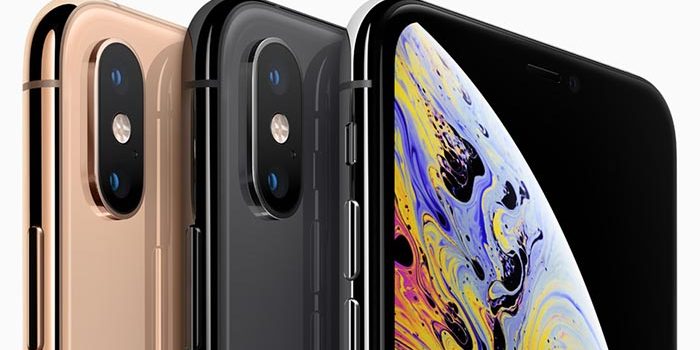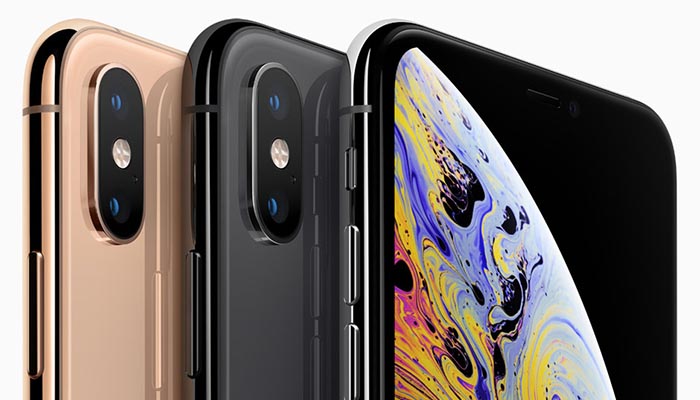


While the iPhone X and XS line hasn’t sold quite as well as prior iterations of the long-running smartphone line, they’ve still made their mark on the cellphone industry. When looking back at the history of the iPhone, people often overlook just how pivotal Apple’s device was in the development of modern phone technology. Today we’re taking a deeper look at Apple’s device to find out why it’s had such enduring popularity.
Why the iPhone Remains Popular
Bleeding Edge
Let’s begin by saying that we love Android, Android devices and the wide variety of phones available on that platform. However, when it comes to blazingly fast, bleeding-edge technology, no one has Apple beat. The A12 Bionic chip under the hood of the iPhone XS is unparalleled in terms of speed and performances and blows everything Qualcomm offers out of the water.
This means a lot of things for the iPhone. For one, it means that the overall experience is faster, smoother and more responsive than on any other phone. For another thing, it means that functionality like augmented reality and more taxing games are much better than on a comparable phone, like the Galaxy S10.
Holistic Design
Apple’s phones are designed and owned entirely by Apple, and the entire device syncs up with its own features in a beautiful way. Android devices, by their very nature, are composed of parts from dozens of manufacturers. While this is normally seamless, it can occasionally result in Franken-Phones that don’t have the most integrated of features.
For an example of what we’re talking about, look no further than Apple’s Face ID system on the iPhone X and onward. The incredibly complex and impossible-to-crack technology works like a charm, only unlocking for your face and working in nearly any lighting conditions. Meanwhile, Samsung’s experiments with face unlocking could be beaten by a print-out of your face.
“Walled Garden”
Something of a double-edged sword for Apple is their “walled garden” approach to their own technology. If you already own a Mac, an Apple Watch or an Apple TV, you’re heavily incentivized to stay in the ecosystem. The iPhone works seamlessly with the Apple Watch, while it syncs to your Mac easily and organizes your music while it’s at it.
However, this does mean that it’s a bit harder to jump into Apple’s ecosystem for a single device. That’s not to say that the iPhone won’t work with a PC or with a third-party smartwatch, it just won’t be as clean and user-friendly.
Speaking of User Friendly…
While on the subject of being user friendly, let’s take a look at the iPhone for a moment. When you open up an iPhone, there’s not a steep learning curve to figuring out how to use the device. Primarily, if you want to do something, you touch it and it opens. Navigating the more complex gesture controls is intuitive and straightforward. The same goes for the apps available on the iPhone.
The device is heavily curated, and software all has to be okay’d by Apple before it can hit the App Store. This means that you’re not going to see carrier-based bloatware on your phone, and Apple users get the first pick of the best apps that hit the smartphones. After all, it’s easier for developers to make software for the all-inclusive and unified design of the iPhone over the myriad of configuration Android phones can take on.
And while we’re on the topic of streamlined phone ecosystems, let’s poke the sore spot: iPhones get iOS updates all on the same day. It can take weeks or months for every Android device to get access to the newest versions of Android, thanks to the disparity between the numerous Android devices. iPhones, by contrast, all update at the same time.










